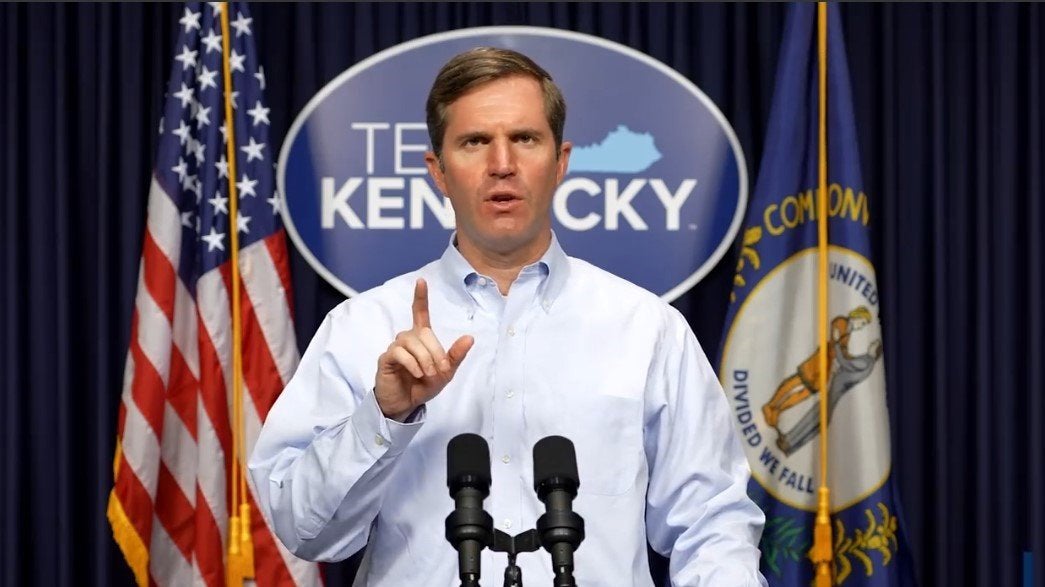Does buying local really benefit your community? You bet it does
Published 6:08 pm Saturday, September 24, 2016
By JENNIFER KIRCHNER
Convention and Visitors Bureau
In small towns all over the country, residents lament the loss of local business options that communities have seen disappear over time, often due to the arrival of larger national chains.
In response, the “Shop Local” movement has gained steam over the years. Through initiatives such as designated shop local weekends, economic impact studies and marketing campaigns, consumers are being encouraged to put their money where it counts: the local economy.
But does it really matter? Does local spending stay here and increase local prosperity? There is a large body of research, from a variety of sources, conducted over the past 20 plus years that has consistently found the answer is yes.
“Local” can be defined on different scales, such as our state or region. Let’s designate local as our county. From this view, local isn’t just an area on a map, it’s your community — your neighbors and their families, their businesses, farms, nonprofits, events and recreational venues. Local means community and all of the opportunities we create together and the challenges we work to overcome.
It has been proven time and time again that small businesses are the backbone of the U.S. economy. They account for approximately half of all private-sector jobs, and 65 percent of new jobs created in the past 17 years. For a real economic recovery to take off nationally, it must happen among the millions of small enterprises in our cities and towns.
It is critical to develop an economy grounded in local ownership that meets the basic needs of people; builds local wealth and social capital; functions in an environmentally sustainable manner and encourages greater quality of life.
Based on a U.S. Census projection based on 115 million households, on average, for every $100 dollars spent at a local business, $68 of the $100 dollars return to the local economy. Compare that to $43 remaining local when spent with a national chain.
This difference in effect on the local economy is measured by the “local multiplier effect.” Basically, buying local creates more local wealth and jobs through direct, indirect and induced impacts. For example, if you buy a local piece of art from the Constitution Square gift shop, you have supported a local retailer and artist. The retailer supports employees and pays taxes, rent, and utilities. It also pays for services such as advertising, accounting and legal advice. That money for business support services continues to circulate locally.
This is not to say there is not value or need for larger stores, typically found on bypasses. Thriving communities have both. A variety of choice contributes to the diversification of our economy, therefore making it more stable.
I would contend that bypasses don’t kill small towns, people do. We have great power as consumers to use our money where we choose. It’s not just the literal bypass any longer — there is also the digital “bypass” of online ordering that facilitates never having to leave your house! Groceries, clothes, gifts can all be delivered to your door.
So what should be our central priority when it comes to exerting our power as consumers? There are many compelling reasons to shop local.
First and foremost our local retail stores and restaurants cultivate our identity. They make our towns unique, compelling and vibrants destinations. Additionally, shopping locally creates jobs; nurtures our community through the relationships that are formed; supports friendly customer service and expertise; and promotes entrepreneurship. And, last but not least, we are doing our part to live more sustainably environmentally by lessening our carbon footprint.
I challenge each of you to set aside even just $10 a month and invest locally. According to Civic Economics, an economic analysis agency, if every family in the country shifted $10 a month to locally owned, independent businesses, over $9.3 billion would be directly returned to local economies.
That would mean better schools, better roads, more support for police, fire and rescue departments and stronger, more vibrant local economies.





